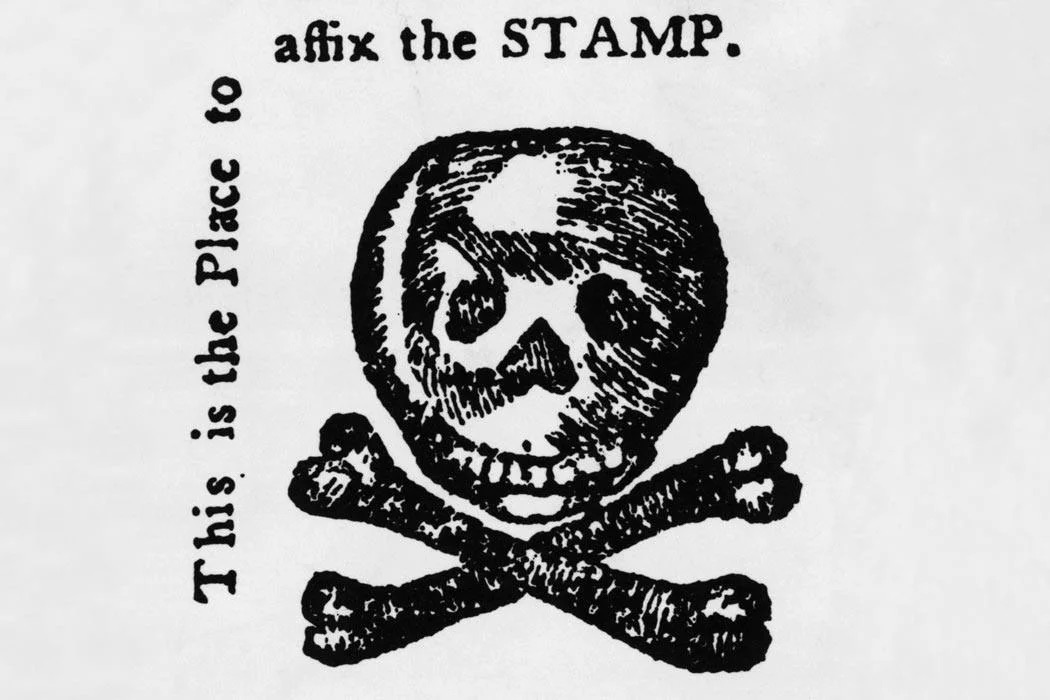
Navigation Acts, Proclamation of 1763, Sugar Act, Stamp Act, Townshend Act, Boston Massacre, Tea Act, Boston Tea Party, Intolerable Acts, Lexington & Concord. Does this timeline of events sound familiar? I was able to rattle these off- okay, type- these traditionally taught causes of the American Revolution very quickly, but I hate teaching them chronologically and I don’t like the simplicity of it when I know deep down how complex the causes of the American Revolution are. I have always struggled with teaching the causes of the American Revolution because I want my students to understand the deep connection of social, political, and economic factors that led to the Revolution. I want them to understand that not everyone in the colonies necessarily cared about every political action Britain took. I want them to understand how class, race, and gender determined a person’s involvement in the Revolutionary cause (and politics and society). I suppose what I’m trying to say is that for years I have been struggling with how to teach the Revolution in a way that helps students begin to understand how COMPLICATED it all was!
This year, my colleagues and I chose the essential question “Which causes of the American Revolution- social, economic, or political- were most impactful and why?” What I like about this question is that students are asked to look at three overarching causes and then use the laws, protests, and other primary sources presented to determine why the Revolution happened. While the lesson is by no means perfect yet, I’m happy about how it is evolving. Students study the French and Indian War and the Proclamation of 1763 and its impact on Indigenous populations, the Stamp Act and taxation without representation, the Boston Massacre and propaganda, colonial protest through the Edenton Tea Party, the Coercive Acts and loss of liberty, and trial by jury and the Zenger trial (which I know is early but demonstrates the importance of trial by jury in the colonies.) Using the information from their inquiry, they can discuss whether the revolution’s social, political, or economic causes were of the greatest importance. What I love about this is that they read historians’ interpretations of the causes of revolution, as well, and see that historians have different opinions even when they are looking at the same evidence. How powerful, and how powerful that students can have conversations about this calmly and use the facts in front of them to come to conclusions.
While I still think that the way I teach the causes of the American Revolution is a work in progress, I’m glad that my students are taking a broader look at what was going on in the time period and that they’re seeing the complexities and overlapping ideas and events. It wasn’t a straight march to the Revolution, but a convoluted, squiggly line. I feel that it’s a major improvement in the way I presented the material in the early years of my teaching.
If you’d like to see one of the activities my students do, you can click here.
